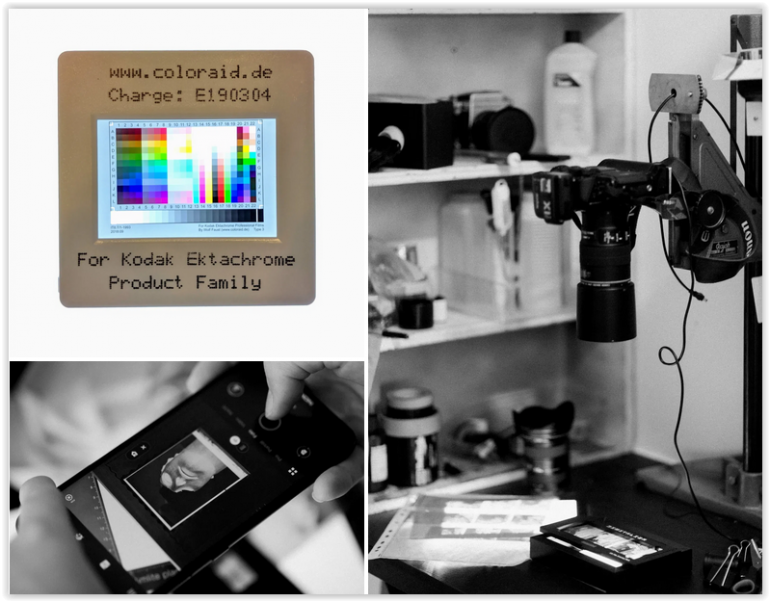Scanning film and the digital darkroom
A great lockdown project - time-consuming yet enjoyable
If you’re planning on developing your film backlog then scanning it should be your next step. Depending on how much you have, you might want to pace yourself. If you’re like me, you probably also have a few developed rolls/sheets that you haven’t scanned yet. Throw them on the pile.
Still on the subject, why not try your hand at rescanning some old negatives? Your scanning process has probably been refined quite a bit since you first started, so put some of those skills and experience to use and pull more out of those old slides and negatives.
Add another one to that: remove dust from all your film scans! That should keep you busy…
Remember though…it doesn’t have to be all about you.
I’m sure you have a box or two of old family negatives under the bed? You could take a crack at getting those scanned too, then distribute the results to your family over social media and email. During this Lockdown this is exactly the way to think about a scanning project.
If you scan your own slide film, now is a perfect time to spend a few minutes calibrating your scanner with an IT8 target to nail that colour. It’s simpler than it sounds, trust me. All it takes is a suitable target and following the instructions in your scanning software.
VueScan, Silverfast and others make it easy and you can get some incredibly reasonably priced targets if you Google an enquiry for them.Wolf Faust is a good one.
Think scanning film is old-hat? Try your hand at scanning your negatives with your phone or DSLR/Mirrorless camera. If you’re going down the phone route, you should give Abe Fettig’s Film Lab app a shot. It’s available for both Apple and Android devices.
You’ll need a light source and some form of negative holder. We obviously recommend the Kaiser FilmVario Copy or the Negative Supply MK1 but you try a homemade project like the pixl-latr. Regardless, once you get your scans — from your phone, digital camera or film scanner – I highly recommend giving Negative Lab Pro a shot for inversion/conversion.
Finally, we cannot stress the importance of a logical and easy to use film archive, no matter if your negatives/digital archive cover a few rolls or a few thousand. Of course, in our view, there's no more comprehensive or inexpensive answer for that than the ClearFile system
We're grateful to Emulsive for their inspiration in this project. Check them out for many more project ideas to keep you busy.
-
Posted by Rodney Bates
30th April 2020









